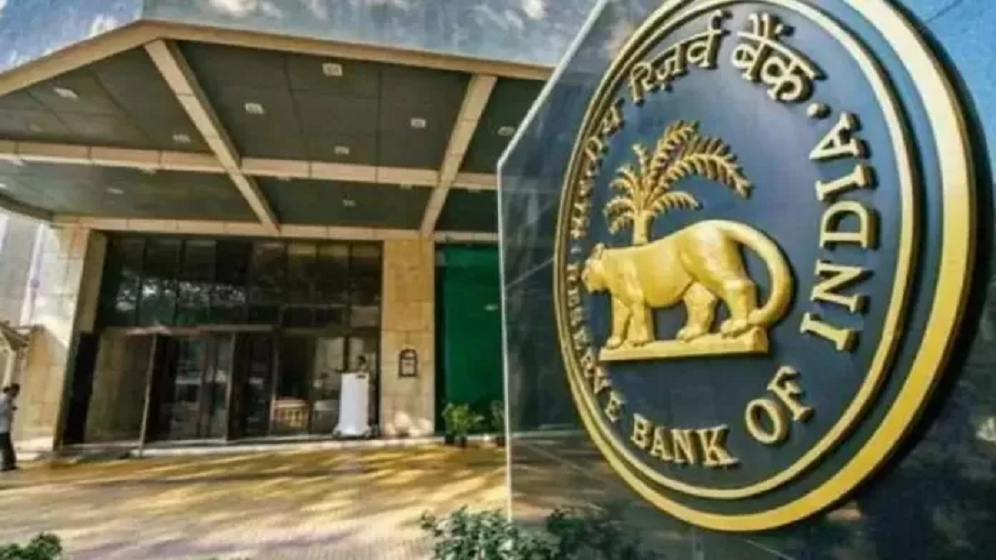RBI Tightens Liquidity Rules: New LCR Norms to Be Enforced from April 1, 2026
- bySagar
- 22 Apr, 2025

In a significant regulatory move, the Reserve Bank of India (RBI) has finalized a set of revised guidelines pertaining to the Liquidity Coverage Ratio (LCR), aimed at further strengthening the liquidity framework of Indian banks. These new norms will officially come into force from April 1, 2026, giving banks ample time to align their systems and operations accordingly.
🔍 Background and Consultation
The RBI had first introduced a draft of these proposed changes on July 25, 2024, inviting feedback from financial institutions, experts, and stakeholders across the banking sector. After a thorough consultation and impact analysis, the central bank has now issued the final set of LCR rules.
📊 What’s New in the Revised LCR Norms?
The revised guidelines bring in several key changes aimed at ensuring financial institutions remain liquid and resilient during periods of stress. Here's a look at the notable amendments:
-
Increased Run-Off Rate on Digital Accounts:
Banks will now be required to apply an additional 2.5% run-off rate on retail and small business accounts that are accessed through internet or mobile banking platforms. This move is expected to account for the higher withdrawal risk associated with digital banking users. -
Valuation of Government Securities:
Under the new rules, government securities will be subject to a 'haircut', i.e., a reduction in valuation, in line with the margin requirements under RBI’s Liquidity Adjustment Facility (LAF) and Marginal Standing Facility (MSF). -
Reduced Run-Off Rate for Non-Financial Entities:
In a relief to certain depositors, the run-off rate on funds received from non-financial entities like educational institutions, religious and charitable trusts, partnership firms, and LLPs, has been reduced from 100% to 40%. This revision acknowledges the lower risk associated with these entities in terms of liquidity outflow.
📈 Expected Impact on the Banking Sector
The RBI has conducted an impact study using data available till December 31, 2024. The findings indicate that the revised norms will enhance the overall LCR levels by approximately 6%, thereby improving the liquidity health of banks.
Despite the changes, the central bank has stated that banks are well-positioned to comply with the revised standards, and the sector as a whole remains robust. These updated norms are also seen as a step towards bringing India’s banking regulations in closer alignment with international liquidity standards.
🕒 Implementation Timeline
To ensure a smooth transition, the RBI has allowed a grace period of over one year, with the new guidelines set to become effective from April 1, 2026. This will provide banks with adequate time to upgrade their systems, policies, and compliance frameworks.
✅ Conclusion
The updated LCR rules reflect the RBI’s proactive approach in fortifying the financial ecosystem. By tightening norms for digital deposits while easing requirements for trusted institutions, the central bank aims to strike a balanced approach toward risk management and operational flexibility.






